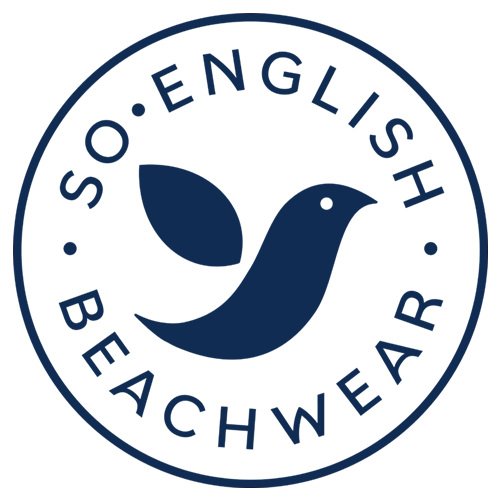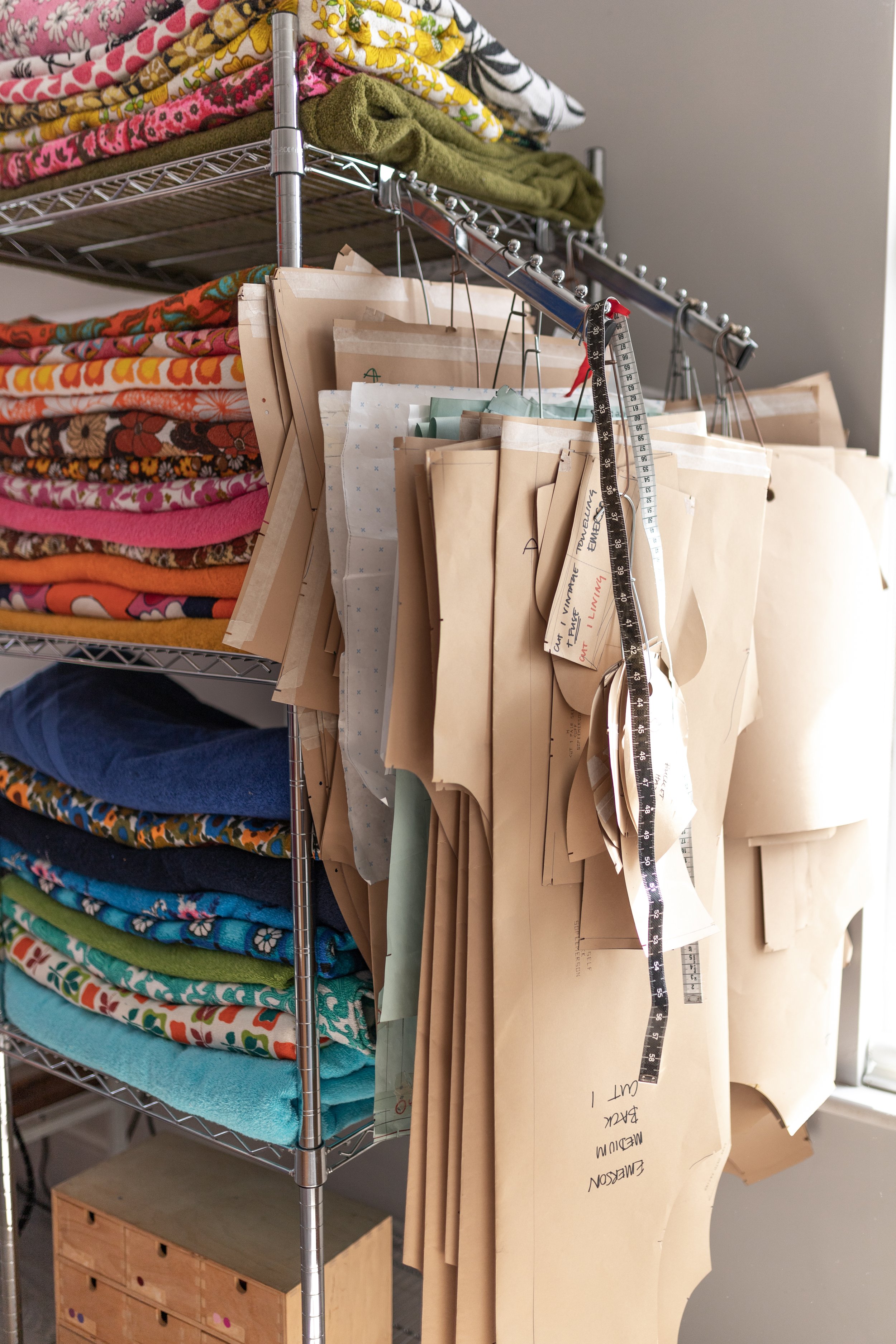What Is Slow Fashion?
So What is Slow Fashion?
We’re hearing more about the Slow Fashion movement and the need to move towards sustainability in fashion production. New terms like: circular fashion, eco-fashion and sustainable fashion. Overlapping terms with slight differences, but all of them with the same goal: to reduce the negative impact of the fashion industry on the environment.
“Buy less, Choose well, Make it last”
How Does It Work?
Slow Fashion is about thoughtful design, sustainable production and rational consumption. Clothing Labels need to design for the lifecycle of a garment, manufacture in realistic quantities, reduce waste and nurture their work force. Consumers need to choose clothing that will last longer and not end up in landfill.
I recently read a great book called ‘Loved Clothes Last’ by Orsola De Castro. She cited the chemist Antoine De Lavoisier who as long ago as 1768 flagged; ‘In nature, nothing is created and nothing is destroyed, but everything is transformed. Our clothes pass through us and keep on living for a long time after we throw them away, because there is no ‘away’. Quite simply we need to make better, make less and use more or as Vivienne Westwood put it:
“Buy less. Choose well. Make it last.”
“I’ve been wearing my first design for over 15 years now. ”
I’ve been wearing my first design for over 15 years now. It comes out every summer and I never tire of wearing it. The threads are starting to wear (it was vintage fabric) but it’s still comfy, relaxed and brings back loads of great memories.
With a bit of care and old fashion mending, some clothes can evolve a patina that becomes an artform as promoted by the artist and mender Celia Pym who teaches visible mending courses at the inspiring West Dean College near Chichester.
So English is a super fan of slow fashion and actively promote:
Collections manufactured in small batches or on a pre-order basis to avoid unsold stock.
Garments that are well made using good quality natural and upcycled materials where possible
A transparent supply chain where raw materials and labour aren’t scattered across the globe and employ local skilled UK based makers
Healthy working conditions for every employee and the right to a living wage.



